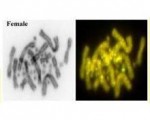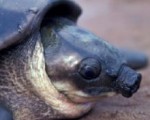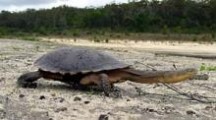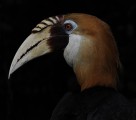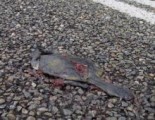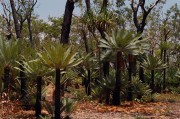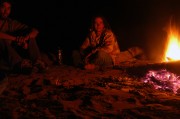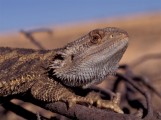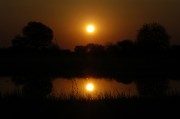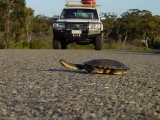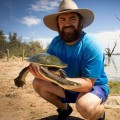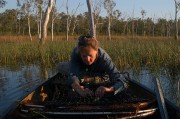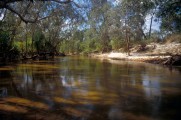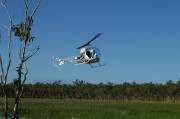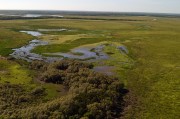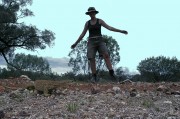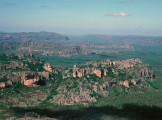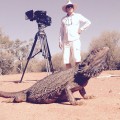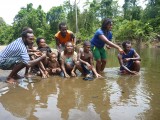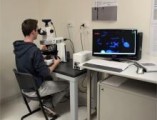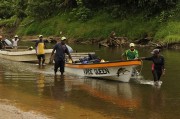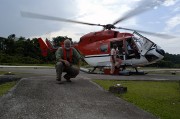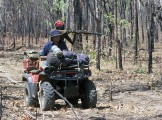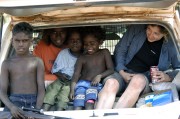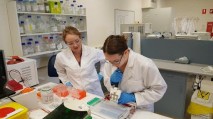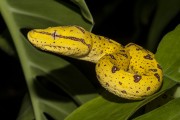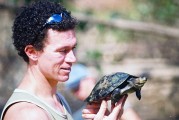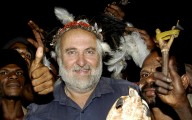For many of us the astounding diversity of life on earth is an endless source of amazement and wonder. The diversity of plants and animals on our planet is brought to life by the talented oration and spectacular footage of the David Attenborough series, but there is nothing like experiencing it for yourself. Bring in a healthy curiosity and a commitment to science as a path to discovery, and the world opens up – questions answered, more questions emerge like an endlessly unfolding rose. The beauty of life on earth and the complexity that has evolved over time given the long-standing stability of just-right conditions, is for me a never-ending source of awe.
 Nowhere better exemplifies the diversity of life on earth than the Brazilian Amazon. The Amazonian rainforests is widely recognized for its megadiversity. Remarkably, one in ten known species in the world lives in the Amazon rainforest. Among the most familiar are the caiman, jaguar, cougar, anaconda, electric eels, piranha, poison arrow frogs, night monkeys, day geckoes, vampire bats and sloths, but these are the more obvious tip of the iceberg. There are lots of reasons for biologists to be interested in visiting the Brazil and the Amazon.
Nowhere better exemplifies the diversity of life on earth than the Brazilian Amazon. The Amazonian rainforests is widely recognized for its megadiversity. Remarkably, one in ten known species in the world lives in the Amazon rainforest. Among the most familiar are the caiman, jaguar, cougar, anaconda, electric eels, piranha, poison arrow frogs, night monkeys, day geckoes, vampire bats and sloths, but these are the more obvious tip of the iceberg. There are lots of reasons for biologists to be interested in visiting the Brazil and the Amazon.
For Australians, there are other reasons for a special interest in Brazil. Five hundred million years ago, the lands on which our two countries reside were part of the supercontinent of Pangea (all lands). Pangea included most of the land masses in today's southern hemisphere, including Antarctica, South America, Africa, Madagascar, Australia, New Guinea, New Zealand and India. Over time, this large mass of continental crust broke up to form Laurasia in the north and Gondwana in the south, about 200 million years ago. The southern hemisphere biota was isolated from the northern hemisphere, and evolved its own unique floral and faunal composition – the marsupials flourished, the ratite birds, the platypus, the chelid turtles. Gondwana itself began to break up 167 million years ago to form all of the southern continents we see today. The links between the land masses of Australia and South America lingered for some time, perhaps as late as 45 million years ago, with Antarctica as an intermediary when climes were much warmer than today.
So Brazil and Australia have a connection deep in time, and we see the history of this connection written in the unique fauna of our two countries and indeed, written into the genetic relationships among them as we move into the molecular age of biological science. The connections between Brazil and Australia provide a remarkable foundation for addressed the common challenges our two countries face in conserving our rich and unique heritage and biodiversity. Scientific exchanges of researchers and students allows us to communicate and understand our needs and capitalize on this commonality and foundation for generating new knowledge and acting on the challenges before us.
It is in this context that biologist Carla Eisemberg has pursued her passion to bring the Brazilan Amazon within reach of young Australians who have chosen biology as the career they wish to pursue. Carla began her studies working with indigenous peoples of the Amazon on turtle biology, and having cut her teeth on working in remote areas of dense rainforest, came to Australia to undertake PhD studies in the driest inhabited continent on earth. Instead, she was sent packing to the megadiverse tropical rainforests of the Kikori River, in the lowlands of Papua New Guinea, to work with the local people on the challenges they faced with environmental sustainability, and conservation of the pig-nosed turtle. There, she and master's student Yolarnie Amepou, have made an incredible contribution, focusing on environmental education and community-led conservation. Carla's series of children's books and radio plays, in three languages, are a delight.
Now Carla, and her co-author Stephen Reynolds, are keen to bring their experiences in Australia and Brazil within reach of the new generation of biologists, ecologists and wildlife managers in Australia, through this new and informative book. It is the perfect guide for Australian students wishing to visit the Brazilian Amazon via student exchanges and excursions. Such excursions have been organized by the authors. The associated quality of experiential learning simply cannot be delivered in the classroom. These activities, complemented by this book, provide an essential basis for providing the role models and the motivation to further pursue a career in field biology.
This book is a good read, providing insight to the unique biota and ecosystems of the Brazilian Amazon, the challenges we face in conserving the biodiversity of this megadiverse region, and the actions that are being taken to achieve this conservation. It is a good and insightful read even for those who may never have the opportunity to visit Brazil.
